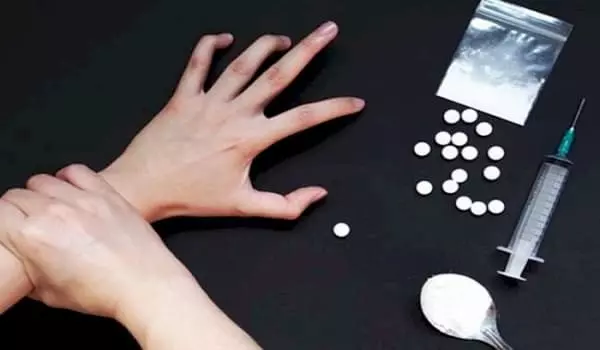A molecular switch influences addiction behavior and determines the intensity of the response to addictive drugs. The discovery was made in mice treated with cocaine by a research team from Heidelberg University and Sorbonne University in Paris (France). The researchers, led by Prof. Dr. Hilmar Bading (Heidelberg) and Prof. Dr. Peter Vanhoutte (Paris), discovered that the protein Npas4 regulates the structure and function of nerve cells in mice that control addiction behavior. When the amount of Npas4 in an experiment was reduced, the animals’ response to cocaine was much weaker.
“In the animal model, Npas4 acts as a molecular regulator of drug sensitivity. We hope that the findings of our study will contribute to a better understanding of human addiction and the development of new therapeutic approaches “Thomas Lissek, the lead author, says At Heidelberg University’s Interdisciplinary Center for Neurosciences (IZN), the physician and scientist are conducting doctoral research on molecular signaling mechanisms linking neuronal activity to gene transcription. The current findings, according to the researcher, also support the existence of a biological basis for addiction behavior, similar to diabetes or cardiovascular disease.
We can think of Npas4 as a conductor that coordinates which and how many other molecules are produced in a cell. Npas4 target molecules primarily control the electrical activity patterns and structure of nerve cells, as well as the number of contact points between them. Npas4 and its associated signaling pathway in the control of addiction behavior are promising therapeutic approaches.
Prof. Thomas Lissek
The protein Npas4 functions as a transcription factor. “We can think of Npas4 as a conductor that coordinates which and how many other molecules are produced in a cell,” Thomas Lissek explains. Npas4 target molecules primarily control the electrical activity patterns and structure of nerve cells, as well as the number of contact points between them. The contacts between nerve cells were reduced when the researchers reduced the amount of Npas4. Following that, the mice showed a weaker response to cocaine than when given a higher dose of Npas4.
The current findings from Heidelberg and Paris scientists also show that Npas4 is governed by a unique regulatory mechanism. Only stimuli that increase the calcium concentration in the nucleus of nerve cells can cause the protein to be activated. For example, activation of dopamine receptors, a widely discussed mechanism in the development of addiction, does not contribute to an increase in the amount of Npas4. The teams of Hilmar Bading and Peter Vanhoutte were also able to confirm this feature in human stem cell-derived neurons.

The unusual regulation mechanism of Npas4 is intriguing for both basic biological research and the development of addiction therapies. “Npas4 and its associated signaling pathway in the control of addiction behavior are promising therapeutic approaches,” says Prof. Bading, Director of the IZN’s Department of Neurobiology.
The persistence of some of the behavioral abnormalities that characterize drug addiction suggests that neural gene expression regulation may be involved in the process by which drugs of abuse cause a state of addiction. According to growing evidence, the transcription factor DeltaFosB is one mechanism by which drugs of abuse cause relatively stable changes in the brain that contribute to the addiction phenotype. DeltaFosB, a transcription factor from the Fos family, accumulates in a subset of neurons in the nucleus accumbens and dorsal striatum (brain regions important for addiction) after repeated administration of various drugs of abuse.
The study was carried out as part of a German-French cooperation project and was funded, among other things, by the German Research Foundation (DFG) and the Agence Nationale de la Recherche (ANR). The findings have been published in the journal EMBO Reports.
















